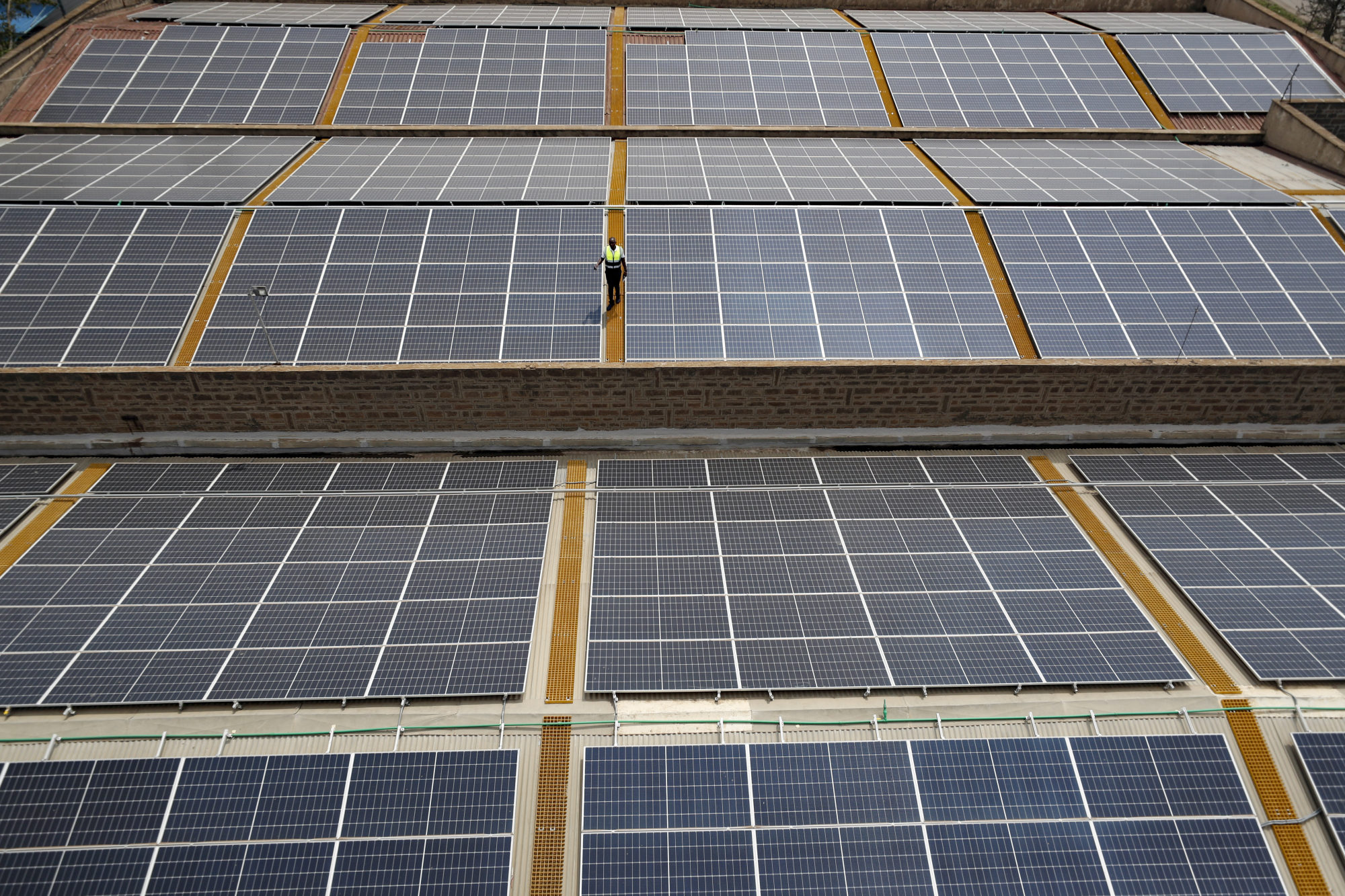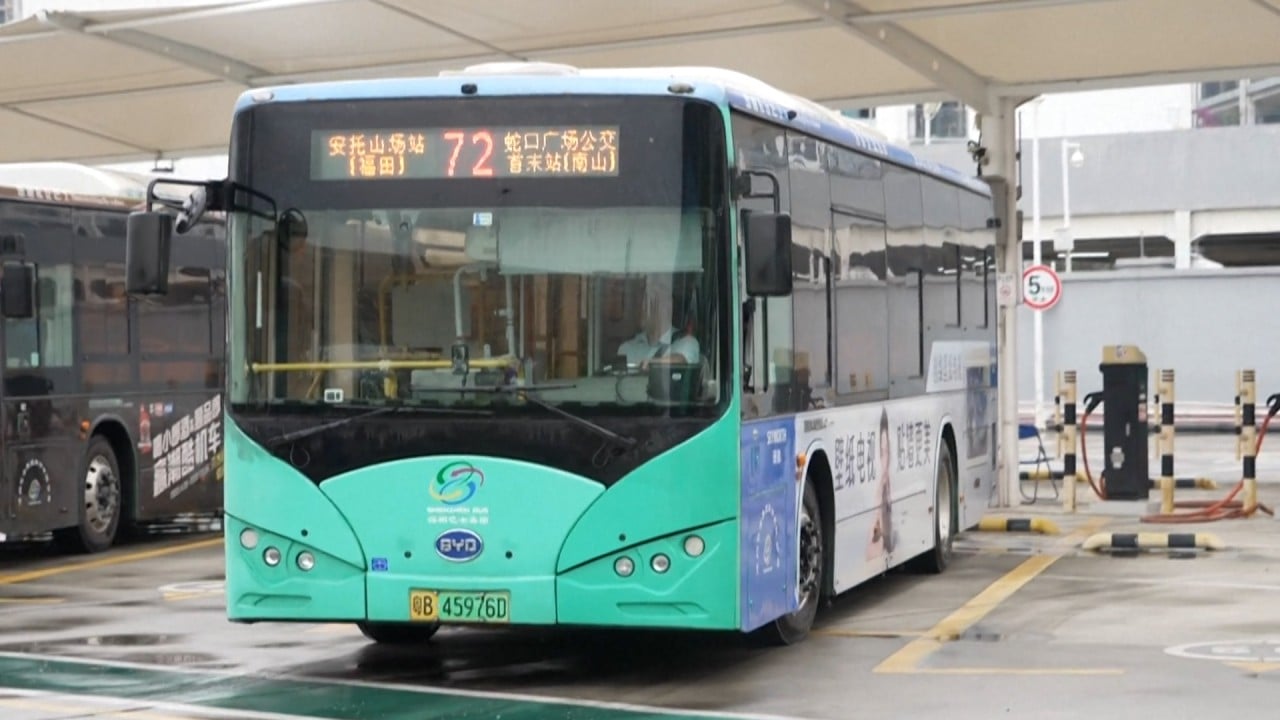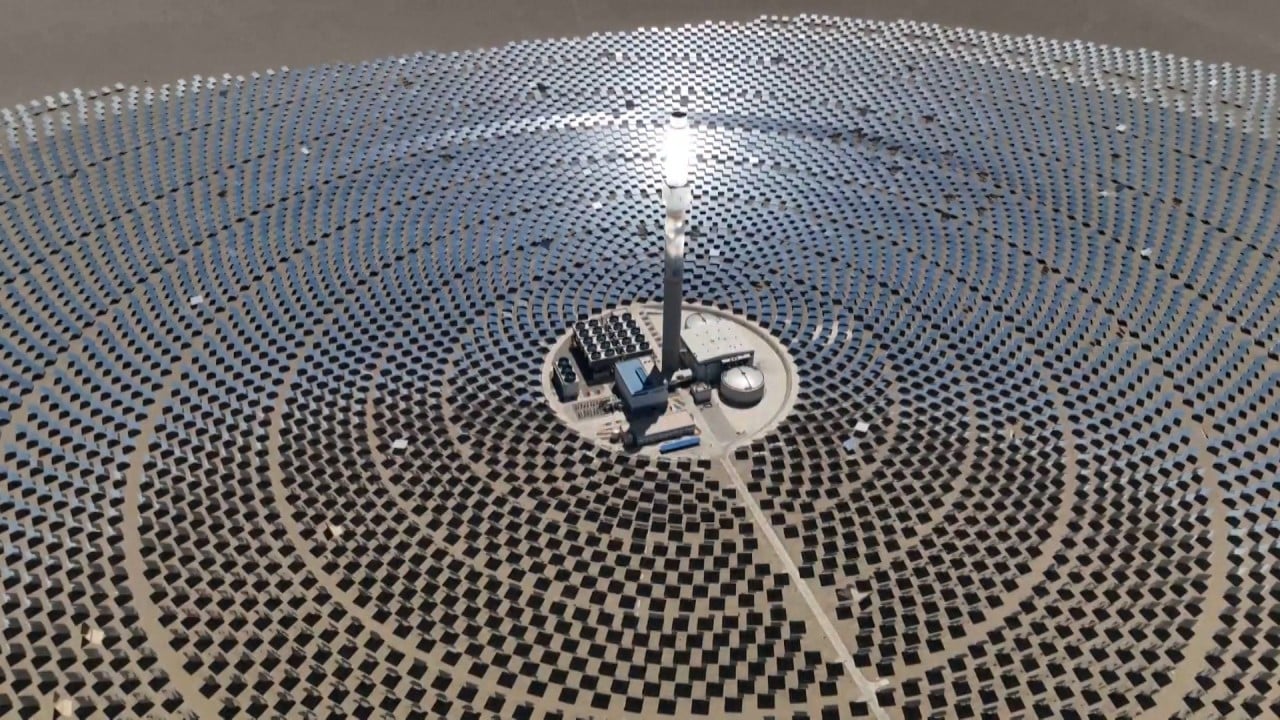
28 Jan Opinion | On the climate change front, it’s not all doom and gloom
While overall power demand contracted in Europe and the US, China and India have provided most of the momentum for additional demand worldwide. The IEA report says that countries outside advanced economies are set to account for 85 per cent of the additional demand for electricity through to 2026.
China will add 1,400 terawatt hours to global demand for electricity by 2026, equivalent to 50 per cent of the EU’s current total electricity demand.
The IEA expects renewables to meet all China’s additional electricity demand between now and 2026, with the country still leading strongly on the commissioning of new renewable power, and a large share of new nuclear power generation. The report says China is now home to 16 per cent of nuclear power generation worldwide, compared with 5 per cent in 2014.
Confirming this clean energy trend, China’s National Energy Administration said this month that renewables now account for over 50 per cent of the country’s installed power generation capacity. The IEA has noted that the country doubled solar capacity and boosted wind capacity by 66 per cent last year.
Demand for electricity has grown even more strongly in India, but from a lower base than China. It grew by 7 per cent last year, surpassing that of Japan and South Korea combined. It is expected to continue growing at an annual rate of above 6 per cent through to 2026. This will add demand equivalent to Britain’s energy consumption over the next three years.
As a complete outlier to global trends, the IEA report expresses concern about decades of stagnant electricity demand across Africa, noting that back in 1990, African nations consumed 40 per cent more electricity per capita than Southeast Asia, and 65 per cent more than India. Three decades later, Africa consumes 70 per cent less per capita than Southeast Asia, and half as much as India, as the continent’s economies have stagnated.

Can Red Sea attacks speed up Southeast Asia’s clean energy transition?
Can Red Sea attacks speed up Southeast Asia’s clean energy transition?
The overall result of the success in building so many new clean energy power plants is that carbon emissions are expected to fall by more than 2 per cent in 2024, and decline further to 2026.
As a result of this modest but important progress, the IEA expects almost 50 per cent of the world’s electricity generation to come from low-emission sources by 2026 – up from under 40 per cent last year.
These may be baby steps, but they are steps in the right direction, and vindicate the overall aim: make energy generation clean, and then electrify everything.
David Dodwell is CEO of the trade policy and international relations consultancy Strategic Access, focused on developments and challenges facing the Asia-Pacific over the past four decades


